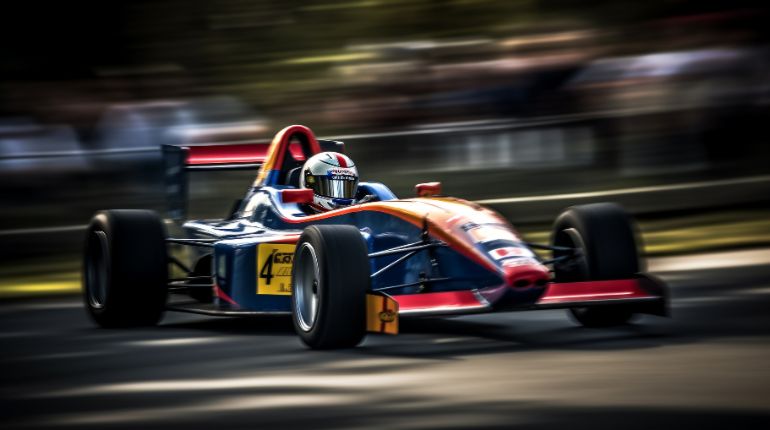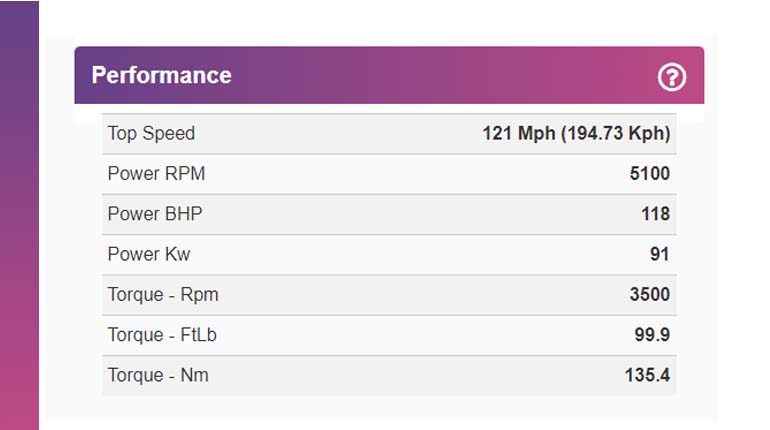A general rule in cars is that ones with more cylinders are typically faster. However, this notion does not hold up in those with turbochargers installed. They have become a staple in racing and have changed motorsports significantly over the past century.
Table of contents
What is a turbocharger, and how does it work?
A turbocharger is a device used to increase a combustion engine’s power output by forcing more air into the combustion chambers. In race cars, a car turbocharger is needed for increasing speed and reducing fuel consumption.
A combustion engine requires three things to work: fuel, air, and a spark. Adding more air introduces additional oxygen into the combustion chambers, which, in turn, supports the combustion of additional fuel. The result is a lot more power delivered to the engine’s drive shaft and wheels.
A turbocharger has two main parts: the turbine and the compressor. The turbine is driven by the engine’s exhaust gases and is connected to the compressor via a shaft. As the turbine spins, it also spins the compressor, which draws in ambient air and compresses it before sending it to the intake manifold.
The compression increases the density of the air, resulting in high-density air with more oxygen molecules per cubic centimetre than non-compressed air. A side effect of compressing air is that the process increases its temperature, so many turbo systems also include an intercooler.
This heat exchanger cools the compressed air before it enters the intake manifold, which increases its density further.
Evolution of turbochargers in race cars
One of the earliest documented uses of a turbocharger in a racetrack was in 1952 in the Indy 500. The Cummings company installed a turbocharger on a diesel engine after learning of the new rules regarding diesel engine displacement. Although the engine ran strongly, its rear intake did not have a filter, which led to the engine ingesting debris and getting destroyed.
After taking a short break from the racetrack, the turbocharger would make a comeback in 1966, again in the Indy 500. This time, Offenhauser would draw from its experience building turbochargers for the military to create an engine that could rival the one developed by Ford.
The new engines pushed over 500 horsepower, and it became immediately clear that turbochargers were the future when no other cars could keep up.
Teams would continue adding multiple turbochargers and intercoolers to push their cars just a little further throughout the 1970s.
Pushing for more in the 70s and 80s
Porsche decided to go for turbocharger ferocity in the early 1970s by installing a 5.4-litre, twin-turbo flat-12 Penske Panzer engine that put out more than 1500 horsepower. In many ways, the development of this engine was a response to the 1972 917/10K that packed twin Eberspächer turbos and Bosch mechanical fuel injection system.
Porsche would again push for domination with a new fuel-injection system and driver-controlled boost options that gave their new 917/30 car variable boost and power to utterly dominate the competition in the 1973 season.
Further developments of turbochargers would be based on these earlier versions, with teams working to build lighter and faster engines that spun the turbines faster and led to even more compression and boost than before. These developments are what gave us the turbocharged 911 Carrera RSR, the A440, A441, and A442 sports cars from Renault, and the 936 and 956 from Porsche.
In Formula One, the first turbocharger appeared in the 1977 season. It was then banned in 1989 and returned in 2014. The first attempts were to make the turbos as environmentally friendly as possible, but the latest developments have been to make F1 cars as fast as possible and break records.
The impact of turbochargers on race results
Once introduced in race cars, the turbocharger quickly did two things; it allowed drivers and technical teams to slash lap times and improved fuel efficiency.
The latter effect is crucial because it allowed technical teams to design smaller engines with fewer pistons that could perform similarly to bulkier engines of past eras.
The increased power and reduced weight allowed for additional overtaking opportunities. The improved acceleration and top speed made it much easier for turbocharged cars to complete riskier overtaking manoeuvres.
With drivers able to maintain higher speeds round corners, accelerate faster out of turns, and catch up with other drivers faster, fans enjoyed more competitive racing with more overtaking than before.
It is impossible to think about modern racing without turbochargers. These technological innovations lead to faster cars and better fuel economy, with their introductions in various races causing records and lap times to tumble rapidly after their introduction. Although their designs remain largely the same, engineers are still working on improving them to make them better and more efficient.








